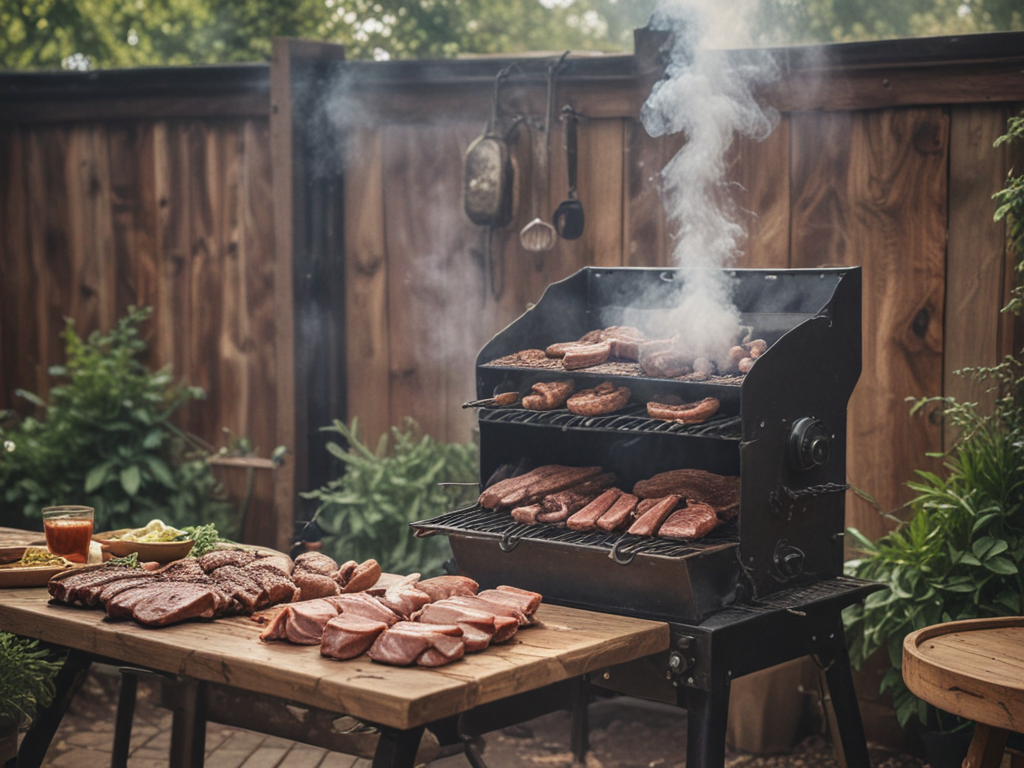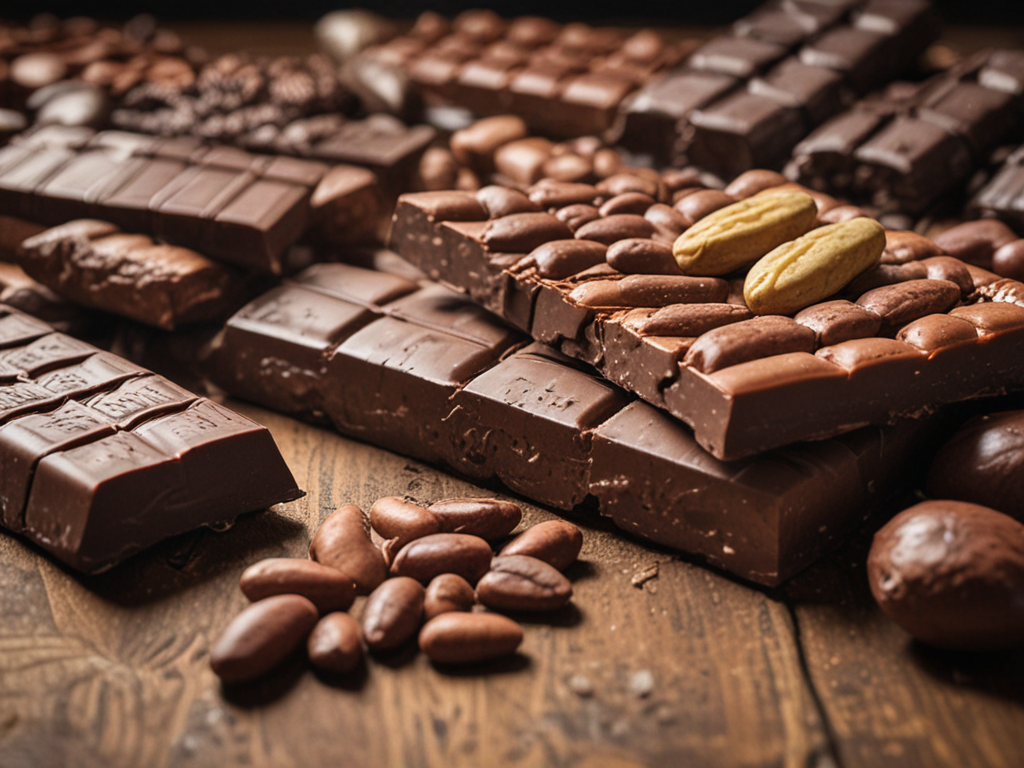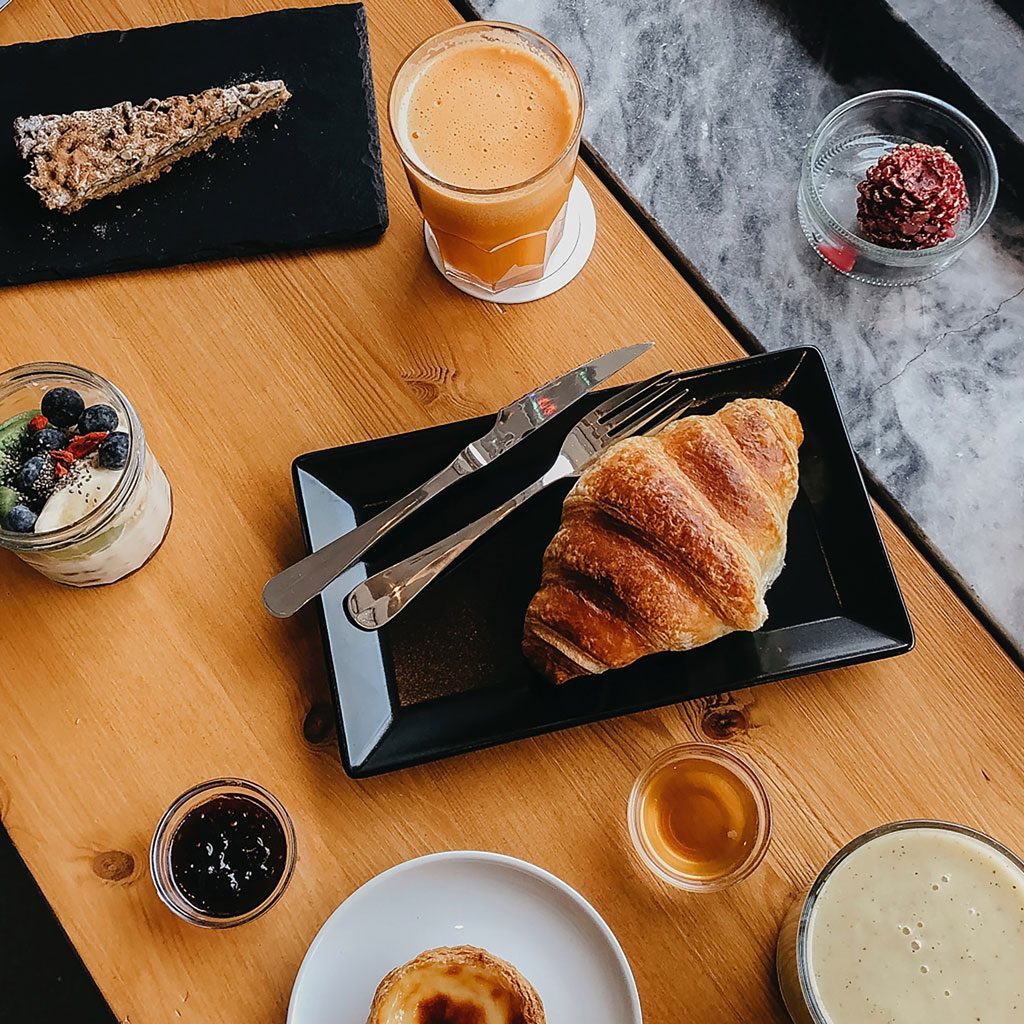
In the United States alone, over 90% of households own a grill or smoker, showcasing a growing interest in the art of smoking meats at home. The process of smoking meats can seem intimidating at first, but with the right guidance and tools, it can become a rewarding culinary skill. From selecting the perfect wood chips to mastering the ideal smoking temperatures, there are various aspects to contemplate when venturing into the world of smoking meats at home. Stay tuned to uncover the essential tips and tricks to kickstart your journey into the world of flavorful, smoky goodness.
Benefits of Smoking Meats at Home
Smoking meats at home offers numerous advantages beyond just the delicious flavors it imparts. One significant benefit is the cost savings it provides. By smoking meats at home, you have control over the ingredients used and can buy meat in bulk, which is often more economical than purchasing pre-smoked meats from stores. This cost-effective approach allows you to enjoy high-quality smoked meats without breaking the bank.
Another advantage of smoking meats at home is the opportunity for flavor experimentation. When you smoke meats yourself, you can customize the flavor profiles to suit your preferences. You can try different wood chips, seasonings, and marinades to create unique and personalized smoked dishes that cater to your taste buds. This flexibility in flavor experimentation adds a fun and creative element to the smoking process, allowing you to discover new and exciting taste combinations that you may not find in store-bought smoked meats.
Essential Equipment for Smoking Meats
Venturing into the domain of smoking meats at home requires the acquisition of specific tools and equipment tailored to enhance the smoking experience and achieve peak results. Two essential pieces of equipment for successful meat smoking are smoker maintenance tools and meat probes. Smoker maintenance tools, such as grill brushes, ash vacuums, and high-temperature gloves, are critical for keeping your smoker clean and functioning efficiently. Regular cleaning and maintenance not only extend the life of your smoker but also make certain that it imparts the best flavors to your meats.
Meat probes are indispensable for monitoring the internal temperature of the meat accurately. These devices help you achieve the desired level of doneness, whether you prefer your meat rare, medium, or well-done. Investing in a quality meat probe can make a significant difference in the outcome of your smoked meats, making sure they are perfectly cooked to your liking. By utilizing these essential tools and equipment, you can elevate your smoking game and enjoy delicious, perfectly smoked meats at home.
Types of Wood for Smoking
When delving into the art of smoking meats at home, one important aspect to think about is the selection of the appropriate types of wood for imparting distinct flavors to your meat. Different types of wood offer unique flavor profiles that can enhance the taste of your smoked meats. For example, hickory provides a strong, hearty flavor that pairs well with pork and ribs, while fruitwoods like apple or cherry offer a sweeter, more delicate taste that complements poultry and fish.
It’s crucial to think about the smoke ring formation when choosing wood for smoking. The smoke ring is the pink discoloration on the outer layer of the meat, a sign of proper smoking. Hardwoods such as oak and mesquite are great choices for achieving a prominent smoke ring due to their intense smoke production.
Experimenting with various wood types and combinations is key to finding the perfect flavor balance for your smoked meats. Remember, the type of wood you use can have a significant impact on the final taste of your barbecue, so have fun exploring different options to create mouthwatering dishes.
Preparing Meats for Smoking
When preparing meats for smoking, the key factors to contemplate are the type of meat selected and the seasoning techniques applied. The choice of meat plays an essential role in the final flavor and texture of the smoked dish. Proper seasoning methods can enhance the taste profile and overall quality of the smoked meat.
Meat Selection
Selecting the right cut of meat is important when preparing meats for smoking at home. When choosing meat for smoking, consider the following:
-
Meat Cuts and Flavor Profiles: Opt for cuts like brisket, ribs, or pork shoulder that are known for absorbing smoky flavors well. Each cut offers a unique taste, so pick one that aligns with your preferences.
-
Marbling and Cooking Times: Look for meats with good marbling, as the fat will render during smoking, keeping the meat moist and flavorful. Understanding the cooking times for different cuts is essential to achieving the perfect tenderness and juiciness.
-
Freshness and Quality: Always select fresh, high-quality meat from a trusted source to guarantee the best results in your smoking endeavors.
Seasoning Techniques
To enhance the flavor and tenderness of your smoked meats, mastering seasoning techniques is key in preparing meats for smoking at home. Salt rubs and herb blends are excellent choices for infusing meats with a deep, savory flavor. Salt not only enhances taste but also helps tenderize the meat. Herb blends, such as rosemary and thyme, can add a fragrant and earthy aroma to your smoked meats. For those seeking bolder flavors, spice infusions like cumin or paprika can elevate the taste profile of your meats. Citrus marinades offer a zesty and invigorating twist, perfect for adding a hint of brightness to your smoked dishes. Experimenting with different seasoning techniques will allow you to create unique and delicious smoked meats that cater to your personal preferences.
Mastering Smoking Techniques
When it comes to mastering smoking techniques, understanding wood chip selection, temperature control, and smoke timing are essential. Selecting the right type of wood chips will greatly influence the flavor of your smoked meats. Maintaining consistent temperature levels and knowing when to add more chips for smoke are key factors in achieving perfectly smoked dishes.
Wood Chip Selection
During the smoking process, I carefully consider the type of wood chips I will use to enhance the flavor of my meats. Different wood varieties offer unique flavor profiles and affect moisture retention in the meat. Here are some tips to help you choose the right wood chips:
-
Consider the Meat: Match the wood chips to the type of meat you are smoking. For example, hickory pairs well with pork, while applewood complements poultry.
-
Experimentation is Key: Don’t be afraid to try different wood chip combinations to find your perfect flavor profile. Mixing woods like cherry and oak can create complex taste profiles.
-
Soak the Chips: To enhance moisture retention while smoking, soak the wood chips in water or other liquids like apple cider before use.
Temperature Control
Maintaining precise temperature control is important for mastering smoking techniques, ensuring that the meat cooks evenly and absorbs the desired flavors. When smoking meats at home, choosing the right fuel is important. Different woods impart distinct flavors; for example, hickory adds a robust taste, while fruitwoods like apple provide a sweeter profile. To achieve best results, keep these cooking tips in mind:
| Fuel Choice | Cooking Tips |
|---|---|
| Use hardwoods for a longer burn time. | Preheat the smoker before adding the meat. |
| Experiment with different wood blends for unique flavors. | Monitor the temperature regularly. |
| Avoid softwoods like pine, as they can produce a bitter taste. | Let the meat rest after smoking for enhanced tenderness. |
| Consider charcoal for consistent heat. | Use a meat thermometer to make sure doneness. |
These choices affect smoke flavor and meat tenderness significantly.
Smoke Timing
To perfect your smoking techniques, mastering the timing of the smoke is key to achieving flavorful and tender meats.
Tips for Smoke Timing:
-
Smoke Infusion: Allow the meat to absorb the initial smoke for the first 1-2 hours of the smoking process. This time frame is vital for the meat to take on the smoky essence that will enhance its overall flavor.
-
Flavor Development: After the initial smoke infusion, continue to monitor the smoke levels. Adjust the intensity of the smoke to prevent over-smoking, which can lead to a bitter taste. A delicate balance is needed to guarantee the meat absorbs the right amount of smoke for ideal flavor development.
-
Patience is Key: Remember, patience is essential when smoking meats. Rushing the process can result in uneven smoke distribution and affect the final taste and texture of your dish.
Safety Tips for Smoking Meats
When smoking meats at home, ensuring proper food safety practices is paramount to prevent foodborne illnesses. Two essential aspects to focus on are meat storage and fire safety. To start with, always store raw meats in the refrigerator below 40°F (4°C) to prevent bacteria growth. When marinating meats, do so in the fridge, not on the counter, and never reuse marinades from raw meat unless boiled first. Additionally, make sure to use separate cutting boards for raw and cooked meats to avoid cross-contamination.
On the other hand, fire safety is equally important. Always place your smoker away from any flammable materials, including overhanging branches or structures. Never leave your smoker unattended, and have a fire extinguisher nearby in case of emergencies. Furthermore, be cautious when adding wood chips or pellets to prevent flare-ups.
| Meat Storage | Fire Safety |
|---|---|
| Store below 40°F | Place away from flammable materials |
| Marinate in fridge | Never leave unattended |
| Use separate cutting boards | Have a fire extinguisher handy |
| Avoid cross-contamination | Be cautious with adding wood chips |











